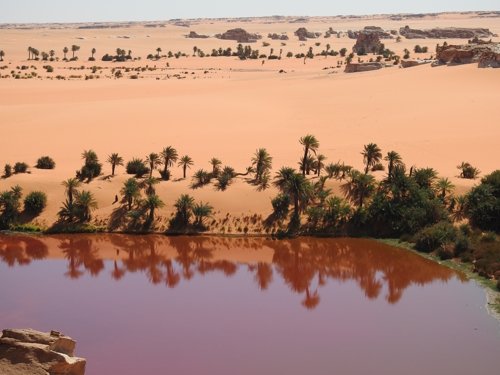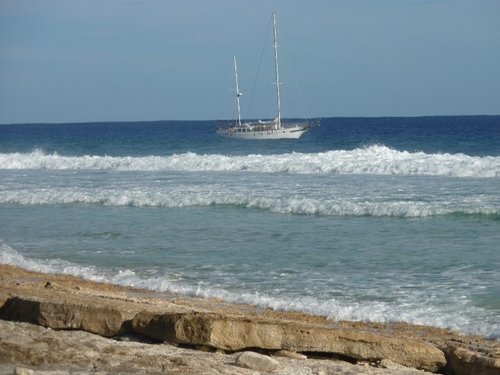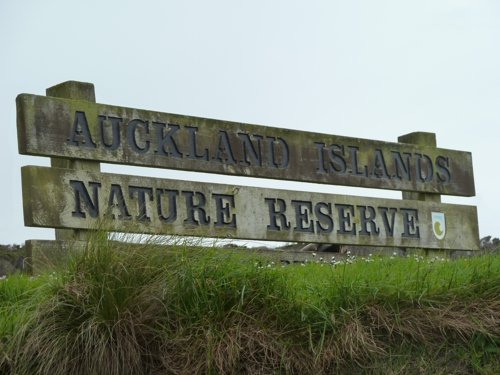In my preparations for upcoming trips, I do like to read the AB evaluations of lesser known natural sites, and phrases like “remote and rarely visited” in there often draw my attention. Some WHS just barely receive any visitors. So I decided to try and create a connection for sites with “
1000 visitors or fewer
”; as a counterpart to the longstanding
One million visitors or more
which currently has 98 entries.

Definition
As defining description I choose:
WHS core zones that have only 1,000 visitors a year or fewer.
-
Total given upon inscription, as stated in the AB evaluation or the nomination file. If it is not given, reliable data sources such as IUCN Outlook and UNEP/WCMC can be used.
-
Reflects the number of visitors in a ‘normal’ year, not at a temporary low (because of Covid, restoration, war, etc).
-
It also excludes the sites that have never been
open to tourists
.
Sites may see a growth in tourism after the inscription and go beyond the 1,000 – but not excessively so or they will be delisted from this connection.

Selection
I started scanning the
most visited sites by our community
in reverse order. And stopped at #1068 as the ones beyond that did not seem likely at first sight. This is what I got:
-
Ivindo NP (Gabon): “Tourism and levels of visitation remain very low for the time being, with less than 200 people visiting annually prior to Covid-19.” (AB ev)
-
Dja (Cameroon): “En 2014, l’écotourisme représente un total de 114 touristes dont 7 nationaux, 11 résidents et 96 étrangers” (IUCN Outlook 2020)
-
Mbanza Kongo (Angola): “The current number of visitors, most of whom are local or regional, is low (508 in 2010 at the Museum of the Kings of Kongo, 892 in 2014). (AB ev)
-
French Austral Lands (France): “Less than 350 people visit the islands annually” (AB ev)
-
Thimlich Ohinga (Kenya): 247 in 2011, of which 48 were foreigners.
-
Wrangel Island (Russia): “Only one tourist group consisting of 6 people visited the Island during the last 3 years, though over the previous 5 years the Reserve received 9 “terrestrial groups” (2 to 15 people) and 8 cruise vessels (40 to 80 people each).” (nom file)
-
Malpelo (Colombia): “a relatively small number of less than 500 divers visit the site per year” (IUCN Outlook 2020)
-
Taï NP (Cote d’Ivoire): “En ce moment la station d’écotourisme de Djouroutou reçoit en moyenne, 100 touristes par an. (IUCN Outlook 2020)
-
Comoé NP (Cote d’Ivoire) : “ Depuis 2012, les activités touristiques ont repris et le nombre de touristes visitant le parc augmente chaque année (149 visiteurs en 2015, 242 en 2016 et 533 en 2017). (IUCN Outlook 2020)
-
Lakes of Ounianga (Chad, photo 1) : “Data provided by the tour operators and local authorities indicate an annual number of 200 to 600 tourists visiting the site in small groups” (AB ev)
-
Lorentz NP (Indonesia): “Owing to difficulties with security and access and lack of facilities, tourists totalled less than 100 in 1998.”
-
Nahanni NP (Canada): “There are only a few hundred visitors each year” (IUCN Outlook 2020), but straddles between 770 and 1302 in the period 2010-2020 (
source
).
-
Noel Kempff Mercado (Bolivia): “Tourism to the park is currently extremely limited--less than a thousand visitors per year” (AB ev)
-
Putorana Plateau (Russia): “In 2005, 437 people visited the reserve, including 30 tourist groups, 170 individuals and 3 scientific researchers.“ several thousand tourists visit the buffer zone per year. ” – may by now have risen well beyond 1,000: “More recent data is unavailable, however tourist numbers were growing rapidly at the time of inscription in 2010 (IUCN, 2010)” (IUCN Outlook 2020)
-
Ennedi (Chad): “Tourism is little developed in the area due to logistical challenges; visitor numbers are currently estimated between 200 to 600 people a year.” (AB ev)
-
Kujataa (Denmark): “A normal season in Qassiarsuk has about 1,000 paying guests. The ruin site/reconstructions and Kujataa Information Center in Qassiarsuk had 135 paying guests and Igaliku had 94.” (official website)
-
Landscapes of Dauria (Russia/Mongolia): “The managers of Daursky SNBR are moving very cautiously and do not plan to greatly increase the number of tourists; currently the park receives about 600 visitors per year. In Mongolia there is no systematic visitor counting.” (IUCN Outlook 2020)
-
Gough and Inaccessible Island (UK): “Tourist numbers to both component islands of the site are very low, with ca. 40 visitors to Gough Island annually as part of the annual weather station relief voyage. Visits to Inaccessible are few, and usually restricted to researchers or conservation staff.” (IUCN Outlook 2020)
-
Ruins of Loropeni (Burkina Faso): “The modest visitor income, from around 200 visitors a Year” (AB ev)
-
Ashur (Iraq): “There are ca 1,000 visitors per year.” (AB ev)
-
Macquarie Island (Australia): 400 in 1991 (IUCN doc summary)
-
Sub-Antarctic Islands (New Zealand, photo 3): “annual visitation to this site has fluctuated from approximately 250 to 750 visitors since the mid-2000s.” (
source
).
-
Darien NP (Panama): Visitor numbers are not high except for birdwatchers, attracted by one of the finest centres in the world for the sport. Fewer than 700 visitors were recently recorded (UNEP-WCMC)
In addition to these 23, there's a group of 22 sites where the exact visitor numbers are unknown but are likely to be very low - here I found statements such as "tourism remains in its infancy". I've added them to the connection as well and labelled them with DD (“Data deficient”). You can find the longlist
here
.

Other takeaways
Always when you do an exercise like this, you end up with other notable findings:
-
It was uncommon in the early years of the AB evaluations to mention pressure from tourism.
-
Even when a site has a relatively low number of visitors, it can still be at risk from overcrowding. Tubbatha Reefs is an example, where "Park authorities intend to limit visitations before over-tourism occurs once a basis for determining tourism numbers is formulated" (IUCN Outlook 2020).
-
In most cases visits by our community follow the overall trend - so if a site has few visitors overall, also few community members will have ticked it. Two anomalies are the
Ombilin Coal Mining Heritage of Sawahlunto
(“In 2015, the number of tourists visiting Sawahlunto was 810,000") and
Shahr-i Sokhta
(100,000+), which respectively have been visited by 6 and 11 members only.
-
I also found
this IUCN resource
for natural sites. Although it is dated (it's from 1998), it gives a good overview of both presence of a local population and visitor numbers in natural WHS, ranking them in tables from high to low.
-
And it made me rethink the existing
Not open to tourists
connection. I tried to make a clearer difference between sites that have never opened to tourism and those that do not at the moment. I added Lower Valley of the Awash, where in the most recent report by the State Party (
2001
) it says: "Not open to tourism". I removed Rio Abiseo as access with a permit is now possible.
Special thanks to
Roman Bruehwiler
for supplying the above photos of Henderson Island and Auckland Island (one of the New Zealand Sub-Antarctic Islands), and many more of 'remote islands' which can be seen on the individual site pages.
Have you come across other WHS that are rarely visited?



